
Smart gardeners prepare for summer dry spells and drought. A little water can go a long way if you plan ahead with effective water conservation techniques. Implement one (or more) of our five ways to save water in the garden, and not only will your plants grow better in dry weather, but you will also spend less time and money on watering.
1. Collect and Redistribute Water
Rain barrels are the best tools for rainwater collection. They connect to gutter downspouts to capture roof runoff. Collecting rainwater reduces watering costs, and plants generally prefer rainwater to tap. Fill watering cans from rain barrels or hook hosing up to them for gentle garden irrigation.
Cisterns are larger above- or below-ground water storage units used to collect rainwater, air conditioning condensate, or even well-water reserves. They are more costly to install but useful for gardeners living where water is limited and often rationed. Roof collection cisterns are only recommended only for areas with adequate annual seasonal rainfall of 15-inches/year or more (click here to see US annual rainfall averages).
Know your roof composition before collecting roof rainwater. In a 2-year study, two roof types leached high concentrations of heavy metals; uncoated galvanized metal roofs released high concentrations of zinc, and treated wood shakes released high concentrations of copper. Refrain from roof water collection if you have these roof types.
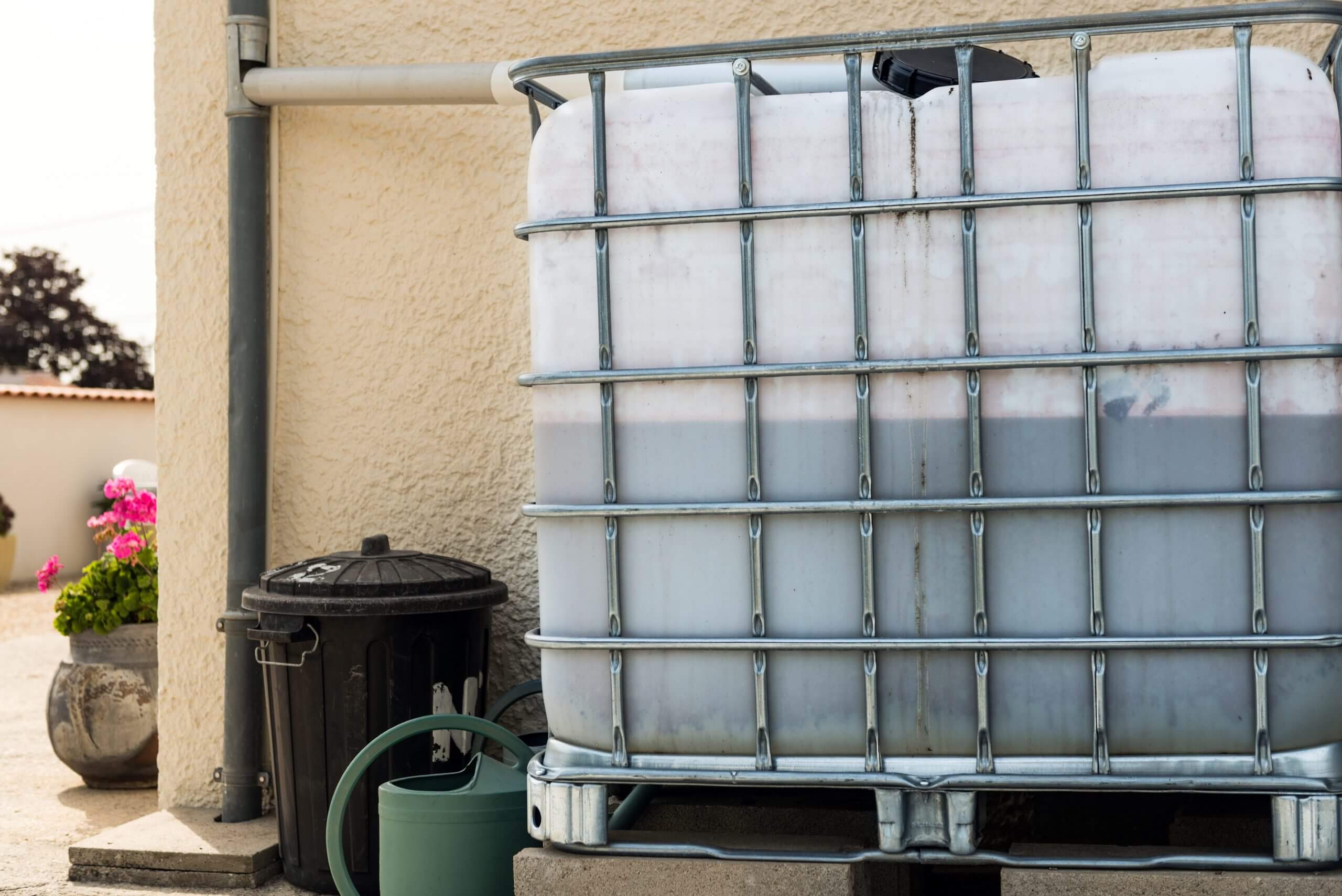
2. Irrigate at Soil Level
Ground-level irrigation results in less water loss. For large gardens, weave soaker hoses through beds—setting your intake nozzle closest to the hose spigot. Soaker hoses are water-permeable lines that slowly release water into the soil. They can easily be covered with straw or mulch, to keep beds looking attractive while further retaining soil moisture. Mark covered soaker hoses to keep them from getting damaged by stray trowels or spades.
Plastic drip lines release water from perforated holes or extensions of fine drip tubes. Lines of perforated drip tape are inexpensive and easily set along vegetable garden rows. Pot dripper systems work best for complexes of garden containers. Dripper systems consist of a central hose line that connects smaller lines into each container. (Dripworks makes a great deck garden drip irrigation kit.)
Plastic bottle irrigation is popular with tomato growers. Simply perforate a clean, 2-Liter plastic bottle and fully sink it alongside a newly planted tomato at planting time (leaving the top accessible). At watering time, simply fill the underground bottle with water—being sure to keep the lid on between watering. It’s an inexpensive and effective way to deeply irrigate thirsty tomatoes in the heat of summer.
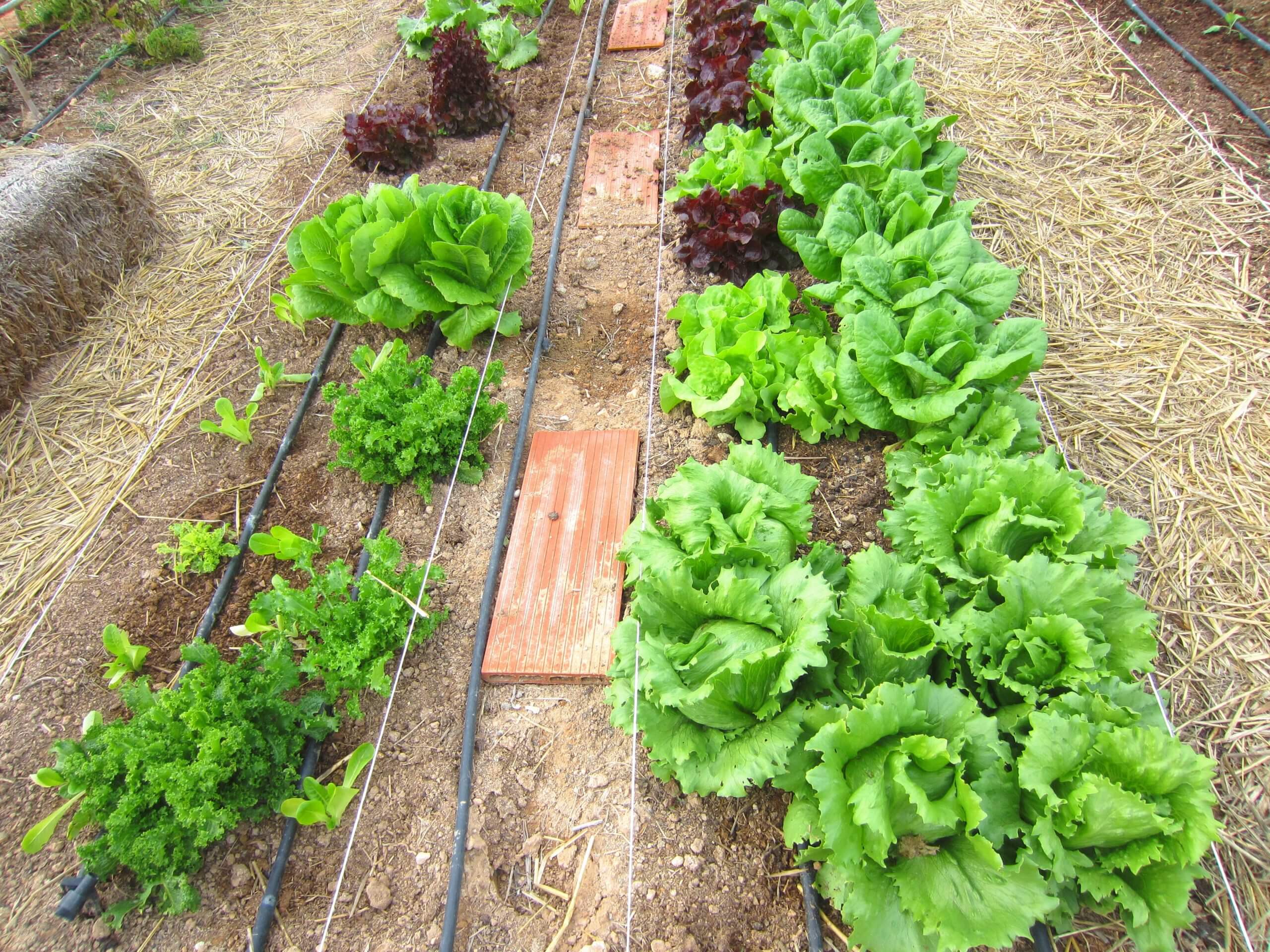
3. Time Irrigation
Timing is everything when it comes to good irrigation. The best summer watering time is in the cool early morning when soil water retention is highest. Early moisture prepares plants for hot midday temperatures. In turn, watering at the hottest time of day—between 12 noon and 3:00 pm—is the least effective time to water because more evaporation occurs and plants take in less water in high heat and sun.
Hose timers streamline watering. There are two kinds—mechanical and digital timers. Mechanical timers are low cost and can be set for between 15 to 120 minutes, though they can’t be preset. Digital timers are more costly, but they can be preset for specific watering times.
For deep watering, set soaker or drip irrigation to low pressure, and time the irrigation to fully wet your garden plants or pots. One to two hours is often adequate, though soil quality should be considered when calculating watering time. Light, porous, organic-rich soil needs less watering time because it readily percolates and retains moisture. Dense, clay-rich soils are slower to percolate and need longer, deeper watering. Poorer quality garden soils should be amended and mulched yearly to improve water retention and porosity.
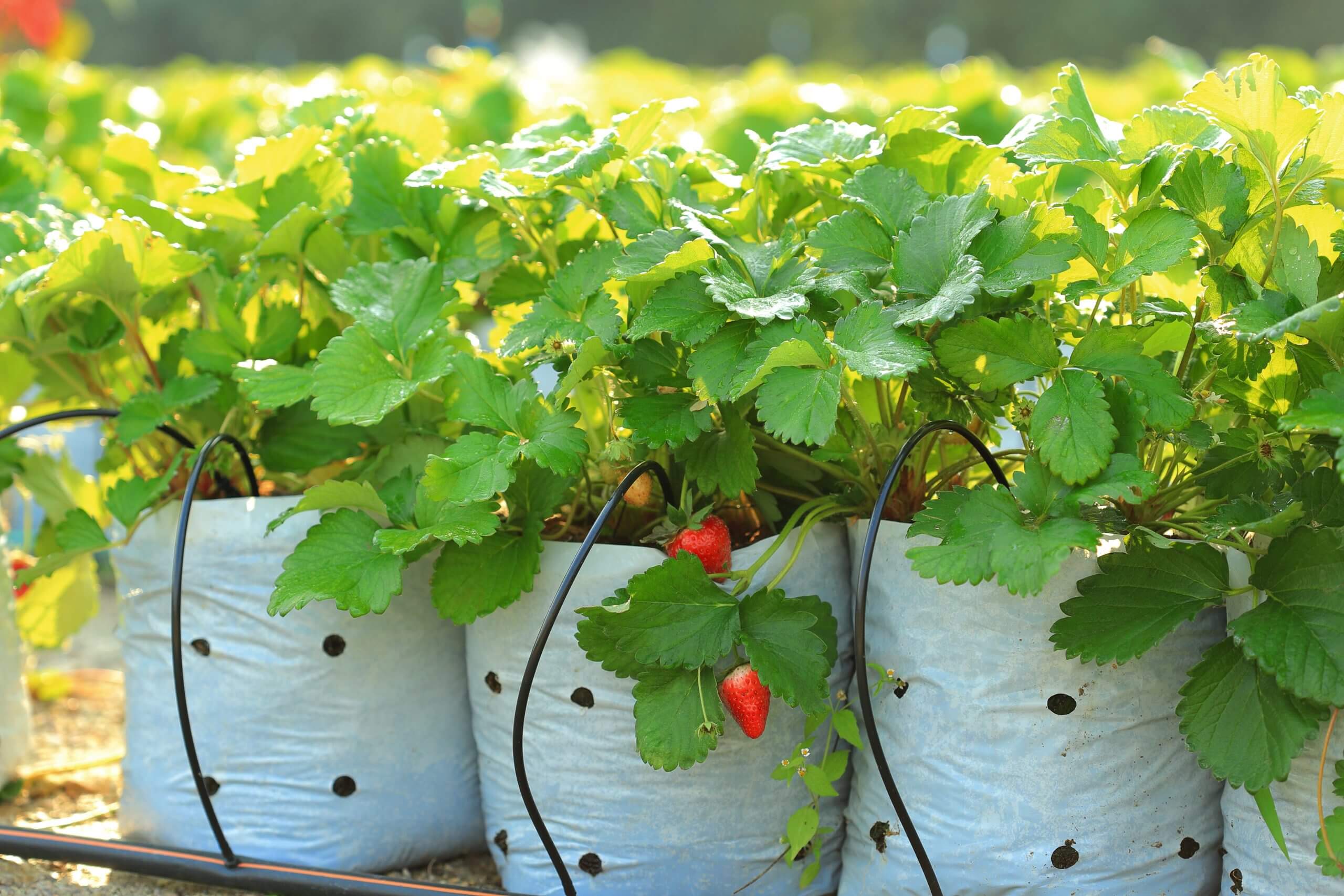
4. Retain Soil Moisture
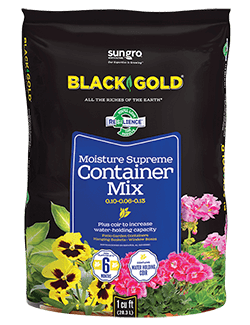 Good garden soil amendments, such as coconut coir, peat moss, and compost, improve soil porosity and moisture retention, which increases root water uptake. OMRI Listed® Black Gold® Just Coir is pure, organic, processed coconut coir that holds a lot of water to bring added moisture to garden beds and containers. Black Gold® Canadian Sphagnum Peat Moss also has a high water-holding capacity, but it also has a low pH, so apply it to more alkaline soils or where acid-loving plants will be grown. Vegetable and flower gardeners rely on OMRI Listed® Black Gold® Garden Compost Blend to add needed water-holding organic matter to the soil. Compost also makes high-quality light mulch.
Good garden soil amendments, such as coconut coir, peat moss, and compost, improve soil porosity and moisture retention, which increases root water uptake. OMRI Listed® Black Gold® Just Coir is pure, organic, processed coconut coir that holds a lot of water to bring added moisture to garden beds and containers. Black Gold® Canadian Sphagnum Peat Moss also has a high water-holding capacity, but it also has a low pH, so apply it to more alkaline soils or where acid-loving plants will be grown. Vegetable and flower gardeners rely on OMRI Listed® Black Gold® Garden Compost Blend to add needed water-holding organic matter to the soil. Compost also makes high-quality light mulch.
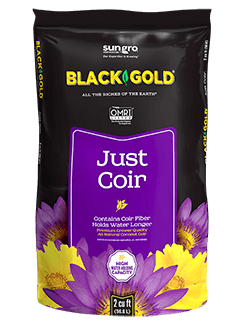 Mulches are like soil blankets that hold in water. The best garden mulches include quality compost, fine leaf compost, and straw and grass clippings (for vegetable gardens). Surprisingly, large ornamental rocks hold a lot of soil water beneath them. These are all better than thick bark mulch, which is often applied so thickly that overhead water cannot percolate through to reach plant roots.
Mulches are like soil blankets that hold in water. The best garden mulches include quality compost, fine leaf compost, and straw and grass clippings (for vegetable gardens). Surprisingly, large ornamental rocks hold a lot of soil water beneath them. These are all better than thick bark mulch, which is often applied so thickly that overhead water cannot percolate through to reach plant roots.
Supplement containers with coconut coir or water-holding moisture crystals. Black Gold® Moisture Supreme Container Mix and Black Gold® Waterhold Cocoblend Potting Mix are both fortified with coconut coir for natural water retention.
5. Supply Midday Shade
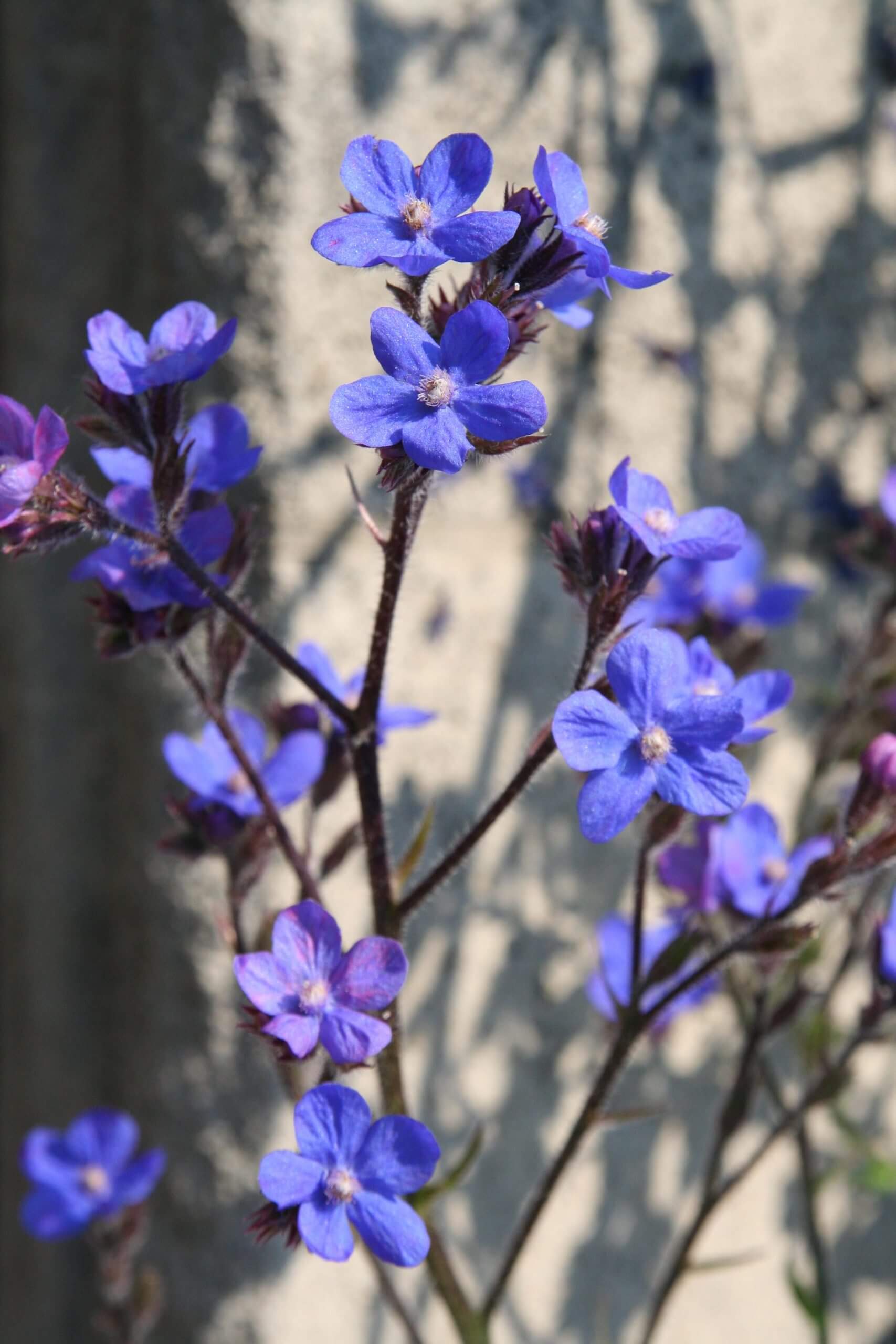
Sun-loving plants appreciate one or two hours of protection from the hot midday sun. The hottest time window is between 12 noon and 3 pm, with 3 pm being the hottest point. A well-placed umbrella, pergola, or awning can offer just enough shade to help plants retain moisture through the worst of the day’s heat.
Anyone of these water-saving changes can help you save water while increasing the health and success of your summer plants. All are best done early in the season, allowing you to reap the rewards when summer heat and drought appear.

